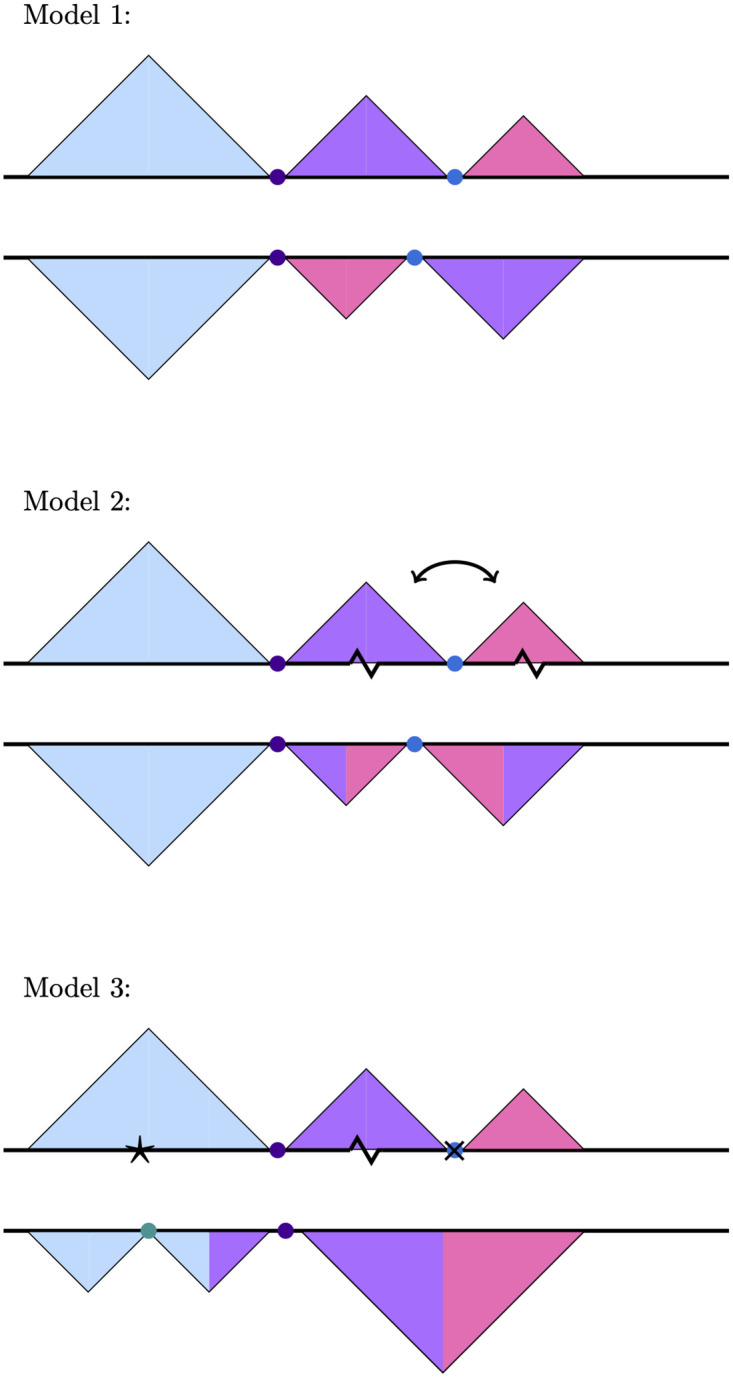Fig 1. Models depicting possible TAD and boundary rearrangement scenarios.

Each model shows TAD contact domains (triangles) and boundaries (circles) in two hypothetical species. Model 1: chromosomal rearrangements occur at TAD boundaries, resulting in domains shuffling as intact units, represented by the purple and lilac TADs. Model 2: TAD boundaries remain conserved but TADs themselves are disrupted. In this example, an inversion whose breakpoints (jagged lines) occur within two separate TADs results in TAD reorganization, seen here as the two chimeric purple/lilac TADs. Model 3: both TADs and their boundaries evolve rapidly. The gain and loss of boundary elements (black star and ‘X’, respectively), leads to further TAD reorganization, beyond that observed in Model 2.
